Mt. Ali High Mountain Tea
Chang Chiung-fang / photos Hsueh Chi-kuang / tr. by Andrew Wilson
February 2003
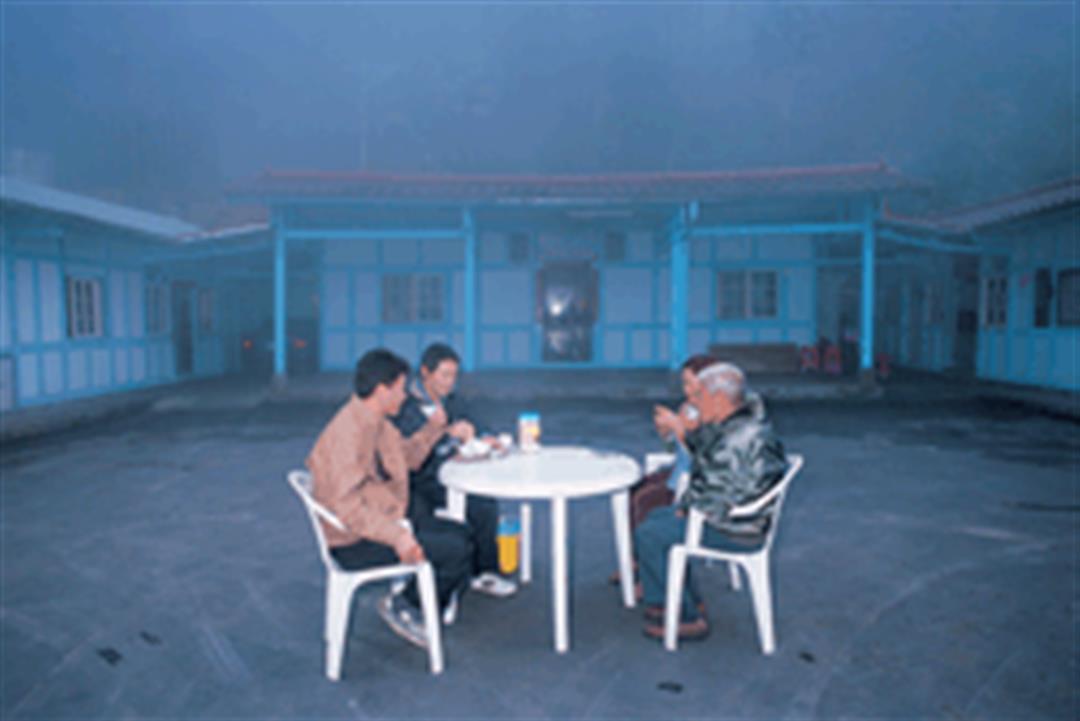
people in Taiwan have grown tea for 150 years. For the first 130 years, locals never got to drink it, and for the next 20 years, it was so expensive that most people couldn't afford it. Today, tea prices have become more reasonable but people still don't know much about oolong tea." Chen Huan-tang, author of the book Liberating Formosan Oolong Tea, suggests that this "hundred year old black dragon" (a play on the Chinese characters for oolong) should now be liberated and returned to its origins.
Recently, the government of Chiayi County, a region famous for its tea crops, has not only set about liberating oolong tea but is determined to make it an internationally renowned brand.
At the end of December 2002, on a bright sunny vacation day, the Golden Tea Awards presentation ceremony was held in Chuchi Water Park in Chiayi County. The well-attended event involved exhibitions that allowed visitors to sample and buy award-winning teas, listen to singing performances, participate in body painting, and snack at a variety of small eateries.
Different tea competitions are held every year, but the first ever organized by the Chiayi County Government, the Golden Tea Awards, was held for the first time just last year. Speaking at the event, Chiayi County Commissioner Chen Ming-wen emphasized that the county government had chosen to organize the Golden Tea Awards to spread the word that the best tea in the world is grown in Taiwan and the best of the best is grown on Mt. Ali.
In the Mt. Ali tea-growing area of Chiayi County almost all homes have their own tea table. Even the County Commissioner's Office has a tea-making room, used to show off Chiayi County's Mt. Ali tea when hosting guests and visitors.
Tea is life and culture
A senior official at the Meishan Township Farmer's Association, Wu Tse-jui, says that if he doesn't drink tea for just one day he feels uncomfortable, and that when tea farmers don't drink tea they lack energy or vigor. It is rumored that one of the tea farmers of the Meishan tea growing area once had a monkey that ran away but returned three days later because it missed the tea its owner used to brew.
Statistics indicate that tea was planted over an area of more than 20,000 hectares in Taiwan 1999, with over 2200 hectares of that in Chiayi County, making Chiayi the third largest tea-growing area in Taiwan, behind Nantou and Taipei counties.
In Chiayi County, Mt. Ali tea is grown in the four towns of Meishan, Chuchi, Fanlu and Mt. Ali. Within the county, around 3000-4000 households are involved in the business of growing tea, a crop with a total annual value of around NT$3 billion.
Wu Tse-jui points out that tea growing in Chiayi County originated in Meishan. Trial planting was undertaken in 1980 under the guidance of the Taiwan Province Agricultural Improvement Station, and the following year, a major promotion was launched. In 1983, the first tea competition was organized, with Wu Chen-to, affectionately known as "Dr. Tea," serving on the panel of jurors. At the time he was heard to say: "I have never tasted such good tea!"
Good tea from Mt. Ali
Relative to other areas in Taiwan Mt. Ali does not have a long history of tea growing. The origins of tea in Taiwan can be traced back to tea bushes introduced 200 years ago from Mt. Wuyi in mainland China's Fujian Province, an act that has led to the inseparable connection between the name Taiwan and tea.
In the past tea produced in Taiwan was mainly exported. Black tea was produced earliest, then green tea, and later Paochung tea and oolong tea, and all were popular exports. However, over the last 20 years, labor costs in Taiwan have risen sharply, reducing the competitiveness of such exports. At the same time, a rapidly developing economy saw the expansion of the domestic market, and as a result tea grown in Taiwan gradually came to be sold locally as exports fell to around 20% of total output.
The high mountain tea grown in Taiwan is rare and very expensive on the global tea market, both in terms of type and volume produced.
Statistics show that global tea output exceeds 2.5 million tons, of which 90% is fully fermented black tea, 8% unfermented green tea, and 2% is semi-fermented oolong tea.
Around 50,000 tons of oolong tea is produced world wide, with the main growing areas concentrated in Taiwan and the mainland Chinese provinces of Fujian and Guangdong. Taiwan has an annual output of over 20,000 tons, or roughly half the total volume of oolong tea produced in the world. In the years after economic growth really accelerated on the island, local people have pretty much consumed that 20,000 tons themselves.
Of all the oolong tea produced in Taiwan, Mt. Ali tea later came to be recognized as the best-quality tea Taiwan. The tea growing area of Mt. Ali mainly produces chinghsin oolong, chin hsuen, and tsuiyu, of which semi-fermented chinghsin oolong tea is produced in the greatest volume.
According to Wu Tse-jui from Meishan, preparing Mt. Ali tea for the market involves precise planting, careful selection, gentle rolling, and slow baking, especially for unfermented green tea. The production of fully fermented black tea can nowadays be controlled by computer, but semi-fermented, high-quality teas must be observed and tested constantly, and the entire process, from picking to production, is manual and cannot yet be computerized.
After tea leaves are picked, they are first dried in the sunlight, then dried indoors. They then undergo a process that rids the leaves of enzymes, and finally they are baked. Until the finished product is ready workers are always busy. As a result of this complex procedure, the tea leaves are transformed drastically, resulting in a multitude of fragrant odors and tastes through a process that man is unable to control.
Other than specific tea-making techniques, producing tea of good quality is also dependent on natural climatic conditions. The head of the Chiayi County Tea Producers Association, Chang Chin-neng, points out that the quality of tea depends on the weather. He gives last year's winter tea as an example. "Last year produced two short spans of weather suited for growing excellent tea: November 6-7 and November 13-14, when north-easterly winds brought a cold front through the area," Chang says. "Tea producers and tea sellers decided to harvest the tea after the cold front passed."
What makes tea tasty?
Top quality Mt. Ali tea is produced by highly skilled individuals but also relies heavily on a good climate provided by a combination of geographical and weather conditions.
The term "high mountain tea" refers to tea grown at an altitude of over 1000 meters. In Taiwan, high mountain tea growing areas include Lishan, the Shanlin River area, Yushan and Mt. Ali.
A survey conducted by Dr. Tea himself, Wu Chen-to, reveals that the best tea growing areas in the world are located in mountainous areas located roughly 50 km from the Tropic of Cancer. The Mt. Ali tea growing area falls exactly within that zone and meets many of the other qualifications for the production of superior quality teas.
The special topographical conditions of the Mt. Ali tea-growing area cause the mountains to be frequently shrouded in thick clouds throughout the afternoon, clearing up only with the break of dawn the next day. The days are relatively short, which together with the moisture created by frequent cloud cover, means that the budding leaves on the tea trees contain a reduced level of such bitter chemical components as catechins, whereas the proportion of other chemicals that contribute to the sweet taste of tea, such as theanine and soluble nitrogen, is increased. In addition, the budding leaves are soft and the body of the leaf thick, with a high pectin content. As a result, the color of these fresh-looking leaves is bright green. The tea that can be made from these tea leaves tastes sweet with a refined fragrance, and the leaves can be brewed many times without causing the tea to lose taste or become bitter.
Because the quality of Mt. Ali tea is uniform it has always been a consumer favorite, especially the winter and spring teas. Wu Tse-jui indicates that because winter tea grows slowly it is lubricated for a longer period, which makes its leaves especially short. On the other hand, spring tea goes through a hibernation period in winter that helps to make it particularly fragrant.
Fushou tea produced at Mt. Fushou and the Wuling farms in the Lishan tea growing area is often mentioned in the same breath as Mt. Ali tea. "The fragrance of tea from Mt. Fushou is rich and local water is quite soft and sweet to the taste," says Chang Chin-neng, who believes that the teas of Fushou are superior to Mt. Ali teas. "The fragrance of Mt. Ali tea is more wild in nature." It is then a pity that with such a small volume produced Mt. Fushou tea is so expensive that even lower-quality brownish-green leaves can cost as much as NT$800 a catty. Commenting on the scarcity and value of this type of tea Chang Chin-neng says: "Every leaf dropped has to be picked up."
Hit by an economic coldfront
With their high quality and relatively stable sales Mt. Ali High Mountain teas have been consistently impressive, but what impact has the economic downturn of the last few years and Taiwan's accession to the WTO had on Mt. Ali teas?
Chiayi County Commissioner Chen Ming-wen indicates that many agricultural products have been affected by Taiwan's entry into the WTO, but that the influence on Mt. Ali teas has been minimal, because high mountain oolong tea differs markedly from western black tea, green tea, and iced tea, and as a result imported western teas have been unable to replace Taiwan's oolong tea. At the same time, green tea from mainland China, Vietnam, and other places is unable to compete with Mt. Ali tea in terms of quality.
The tea-growing area in mainland China is four times the size of that in Taiwan but quality is no match for Taiwanese tea. Wu Tse-jui highlights the fact that China has a continental climate, meaning that the air has less moisture, which means that tea-leaf cells can lose their vitality very quickly. Taiwan on the other hand has a maritime climate, so that tea leaves retain their original taste even after withering and undergoing the shajing process.
Chang Chin-lung points out, "Technique alone is unable to overcome natural conditions." This to him is the reason the taste, and especially the subtle aftertaste in the back of the throat, of mainland Chinese tea is not up to the standard of Taiwanese tea. Even if Chinese tea experts were to make tea at the same altitude and with the same tea trees, they would still be unable to produce tea of the same quality as Taiwan because of the differences in climate.
Despite the increase in competition in the tea industry, the economic downturn has had a definite impact on the market for top-quality tea. Over the last two years, many tea merchants and tea shops have gone out of business, and as a result many farmers used to waiting at home for visits from people wanting to buy their tea have suddenly lost a number of customers.
Ms. Kuo Chun-mei, who manages the Linyuan Tea Making Company in Chuchi Township, describes herself as a "tea farmer," "technician," and "marketer" all at once. "Only by excelling in these three roles at the same time can one manage a tea company properly," she says.
Having run the Hohsin Tea Production Company in Shihchuo for over 20 years, the father and son team Huang Hsin-tsai and Huang Jung-chia have already been forced to consider switching industries as a result of the downturn. Not only has the older Mr. Huang begun to operate a private hostel in his hometown, he is now also growing ashitaba, known to be an effective anti-carcinogen, on the fringes of his tea plantation. Huang Hsin-tsai indicates that the economic downturn over the last 2 to 3 years has made it much harder to sell expensive tea, on top of which his own tea fields belong to an older growing area, so many of the tea bushes are over 20 years old and output is falling. If he chooses to plant new tea bushes, it will first be necessary to leave the fields fallow for a few years, hence the need to find other ways of making a living.
This year father and son were awarded the top prize for their tea entered in the Chuchi Township Farmer's Association Tea Competition. In the past that has meant being able to sell the tea for as much as NT$6000 a catty. "This year there may be no buyers because the tea is too expensive, otherwise farmers will lower top prices to around a more stable NT$4000!" says Huang Hsin-tsai.
Stratospheric tea prices?
Today, it is thought that Mt. Ali tea needs be marketed further afield, with particular focus on recovering lost export markets, but any successful overseas promotion needs to first resolve the problem of confusing branding and irregular pricing. This is exactly the reason the Chiayi County government is now looking to integrate tea-growing areas and concentrate the efforts of tea farmers to make quality and volume control easier, as this is the only way to make a successful reentry into the international market.
After many years focusing on the local market it is clear that at present the quality and price of Taiwanese tea does indeed lack a system for impartial and uniform evaluation. For example some people say: "Altitude equals tea price," or to make it still plainer that tea leaves grown at an altitude of 1,600 meters will sell for a wholesale price of at least NT$1600 a catty. By extension the tea grown at an even higher altitude will be even more costly.
In addition to prices having no market basis, tea competitions often give one the impression that they are little more than cheerleading celebrations designed to lift prices. Competitions are organized each year by farmers associations, local governments, unions, and tea merchants in tea-growing areas and have already become an integral part of the hustle and bustle of Taiwanese tea culture. Generally speaking, competitions are divided into two types: tea tasting and tea producing competitions. The former compares the quality of the product, the latter the efficacy of production techniques.
Tea has been grown in Chiayi County for over twenty years now, and in the past, the different town farmers associations and tea-makers unions would hold tea competitions every year, with the largest tea growing area covered by the Meishan Farmers Association. Taking last year's Winter Tea Competition as an example, over 2000 different participants took part. In the past, the tea awarded the top prize for quality has sold for as much as NT$30,000 per catty.
In addition, the different brands of Mt. Ali tea available on the marke,t such as Mt. Ali Daybreak Tea, Mt. Ali Cloud and Mist Tea, Mt. Ali Shihchuo Tea, Mt. Ali Dewdrop Tea, and so on, all have their own characteristics but all bear the Mt. Ali name. Most consumers are unable to tell the difference, and the confusion this causes goes some way to explaining why public confidence in Mt. Ali tea has been undermined.
In the past, many mainland Chinese and Japanese tourists visited Mt. Ali and made their way directly to the main tea-growing areas to buy tea from local tea farmers, but the lack of an official pricing mechanism, standards in packaging, and the diversity of names has definitely eroded people's interest.
Chen Ming-wen points out that in the past the tea produced by towns throughout Mt. Ali, whether Chuchi, Meishan, Fanlu, or others, was effectively promoted independently. As a result there was no concerted effort to increase the international popularity of local tea through promotion of the Mt. Ali name.
A well known folk song has the lines: "One, two, three we're in Taiwan, Taiwan has a Mt. Ali.... The girls on Mt. Ali are as beautiful as water, the young men as strong as mountains...." The very name Mt. Ali brings to mind mountain peaks ringed by clouds and mists sleeping in fertile valleys. The name is famous beyond the shores of the island. In fact, two of the most instantly recognizable place names in Taiwan to the 1.2 billion people in mainland China are "Mt. Ali" and "Sun Moon Lake." This high level of name recognition naturally also makes Mt. Ali tea a byword for Taiwanese high mountain tea.
Tea farmer Huang Jung-chia, from the town of Chuchi, is a frequent visitor to China and has observed that there is already a great deal of fake "Mt. Ali tea" available there: "All packaged the same as the real stuff, but the tea itself is nothing special!"
In October 2002, Huang Chung-sheng, a senior official at the Chiayi County Cultural Foundation, accompanied a Chiayi County government delegation to Hangzhou, China, to take part in an International Tea Fair held there. He points out that the tea he took to sell there proved very popular and sold out almost immediately.
Official stamp of quality
The Chiayi County government has now taken on the role of unifying and marketing the Mt. Ali brand while establishing recognized prices for different grades of tea, bringing all the top grade tea produced in different tea growing areas under the "Mt. Ali tea" brand.
The first task in unifying the brand name is to break down the independent mindset that tends to predominate among tea farmers. This year the County Government has presented Golden Tea Awards at tea competitions held in the four main tea-producing towns to facilitate a greater degree of standardization of quality and packaging. In future, the county government plans to take responsibility for the purchasing and marketing of all tea that receives a Golden Tea Award.
Tea farmers in the townships of Mt. Ali have yet to come to a consensus on the benefits of unified management. The current head of the Chiayi County Tea Producers Association, for one, thinks it's a good idea. "I very much support the ideas being pushed by the county government," he says. Chang is convinced that unifying the Mt. Ali brand name and pricing are moves worth promoting in their own right, but the Chiayi County Tea Producers Association has organized its own tea competitions for many years now and its packaging using the Mt. Ali Forest Railway logo is already well-known. Persuading its over 900 members to simply stop using a trademark that has served them well over many years will be no easy task. As such, the county government is also looking at ways to best supplement existing resources.
Huang Hsin-tsai argues that although standardized packaging is of course good, it is also important to respect the wishes of tea farmers. As with other such farmers, Huang has his own marketing channels and would not necessarily be willing to sell his tea to the county government.
Clearly then there is still some way to go before Mt. Ali high mountain tea is unified under a single name, but County Commissioner Chen Ming-wen remains determined. "Local agriculture must operate more like an enterprise," he says. But Chen is very much aware that many tea farmers have yet to be persuaded of the benefits of such an approach.
Furthermore, the Chiayi County government is also working hard to expand existing markets through an enhanced promotion campaign in both Taiwan and abroad, focusing on the unique sweet taste and fragrance of Mt. Ali tea. Chen Ming-wen is confident that there remains a big market for Mt. Ali tea in both mainland China and Japan. At present the county government is working together with China Airlines and the Grand Hotel, Taipei, to provide first class passengers and hotel guests with Mt. Ali tea, while selling tea on board China Airlines flights as an initial step to promote Mt. Ali tea internationally.
"For the future it is our intention to ensure that just as wine is immediately associated with Bordeaux, so the name Mt. Ali will become synonymous with High Mountain tea," Chen Ming-wen predicts. And with that kind of optimism, it could happen. l
p.091
"The first sip wakes you, the second sip fills you with energy, the third sip allows you to think clearly." Tea is much more than a drink to quench thirst, even the names of different teas from Mt. Ali sound appealing: Dewdrop Tea, Cloud and Mist Tea, Daybreak Tea....
p.092
"Just as warm spring water bubbles out of the ground, the best tea is to be found on mountain peaks." Due to excellent geographical and climatic conditions, the tea produced in the mist-shrouded Mt. Ali area has a unique flavor
p.093
As more and more tea farmers becoming environmentally friendly and health conscious, they are using organic fertilizer on their tea bushes (below) and no pesticides prior to harvesting the crop.
p.094
The Chiayi County government introduced the "Golden Tea Award" as a way of unifying the Mt. Ali brand and introducing graded packaging, thereby creating the conditions necessary to expand exports. County Commissioner Chen Ming-wen is determined to promote Mt. Ali tea internationally.
p.095
"A cup of spring tea has the power to make guests stay longer, as the taste and delicate breeze combine to make heaven." Mt. Ali tea has a sweet aftertaste and a refined fragrance. It can also be used to make more cups of tea than other brands.
p.097
With a combination of beautiful landscapes and delicious tea, the tea growing areas of Mt. Ali are the perfect location for the development of recreational farms or eco-tourism.
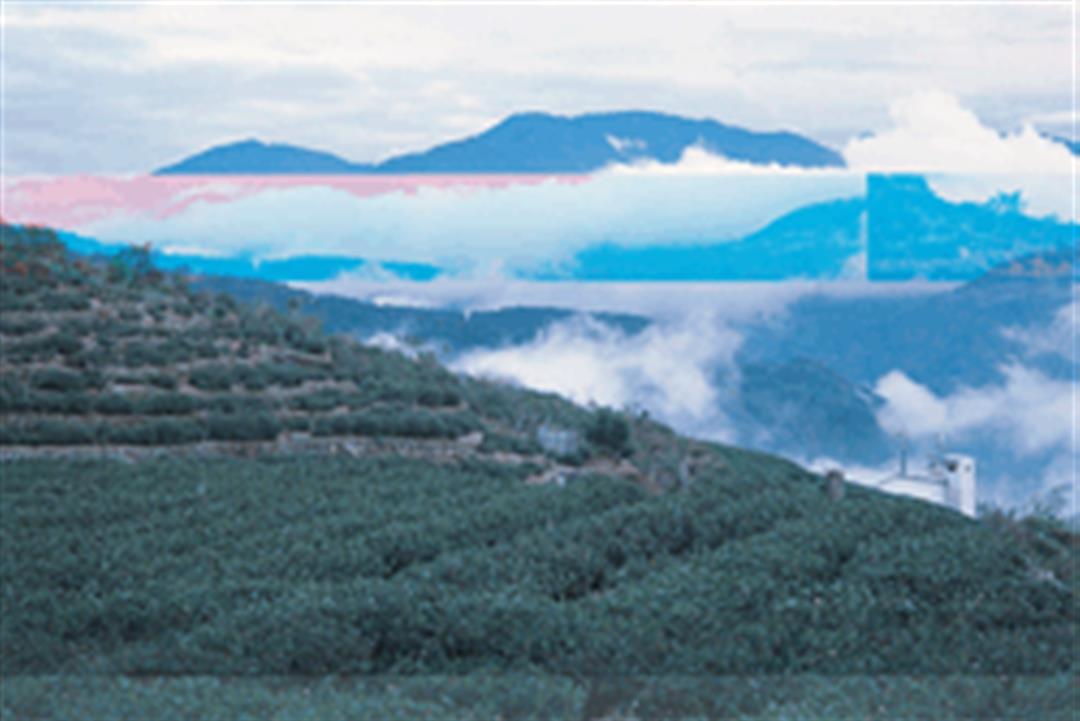
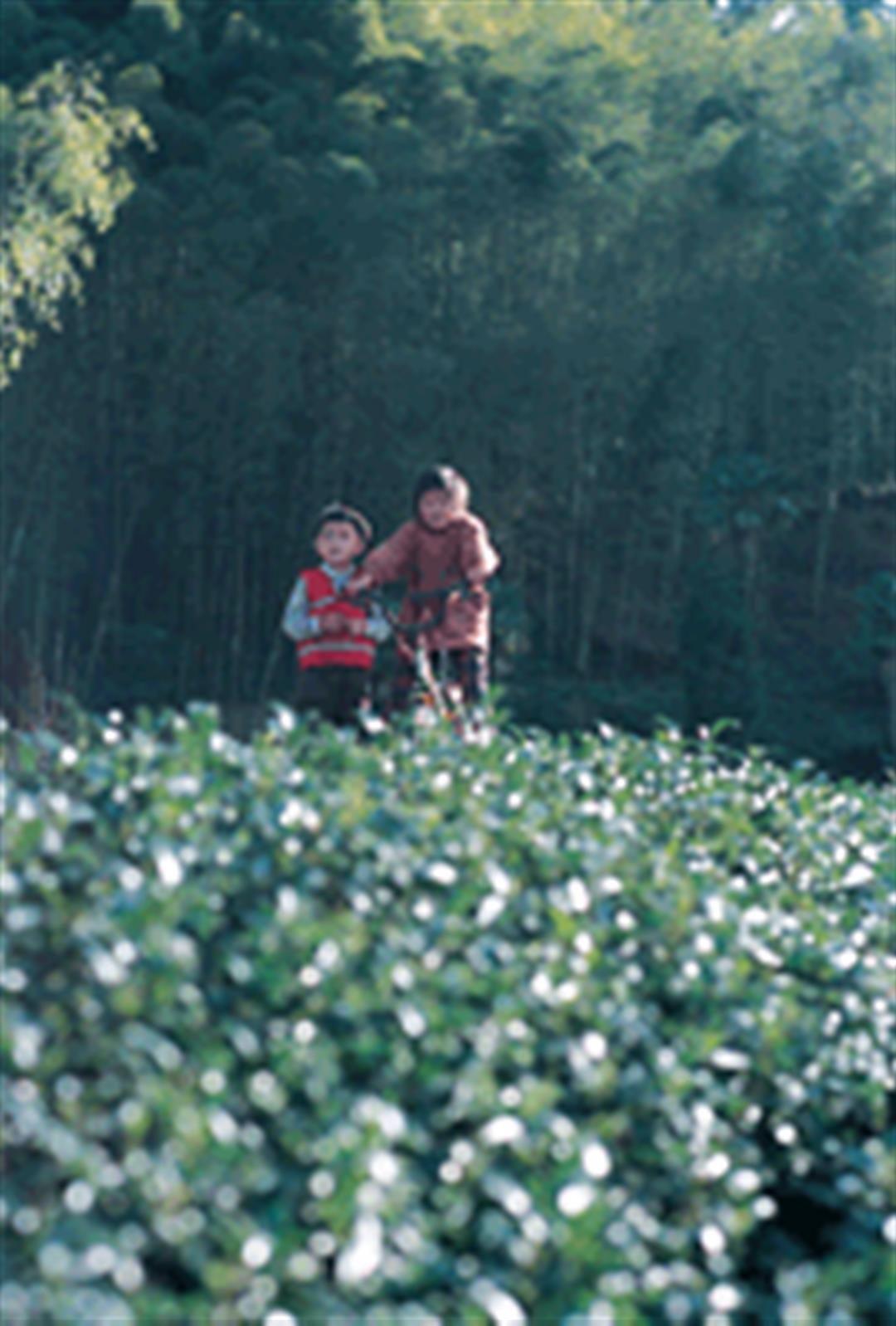
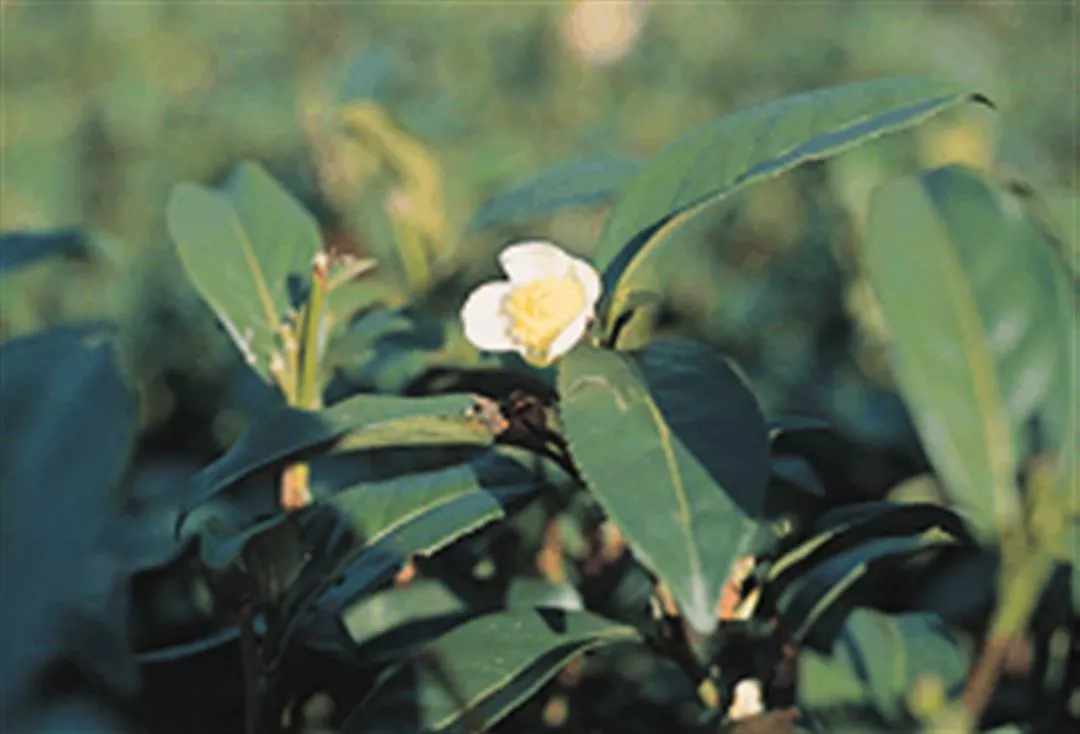
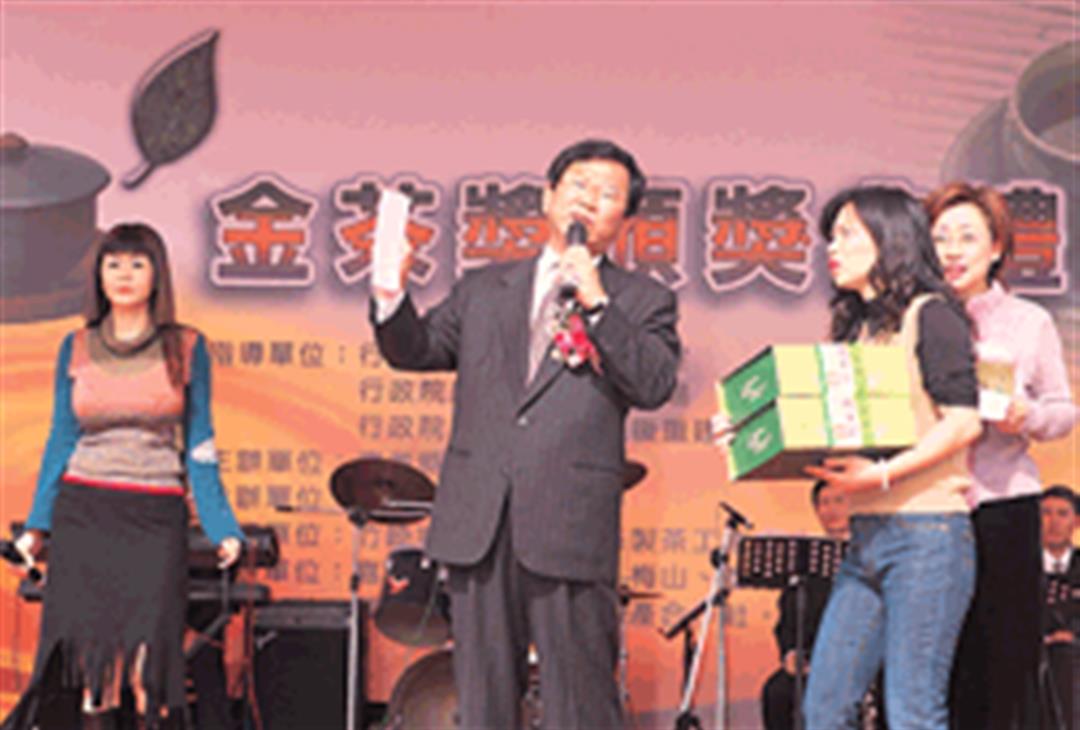
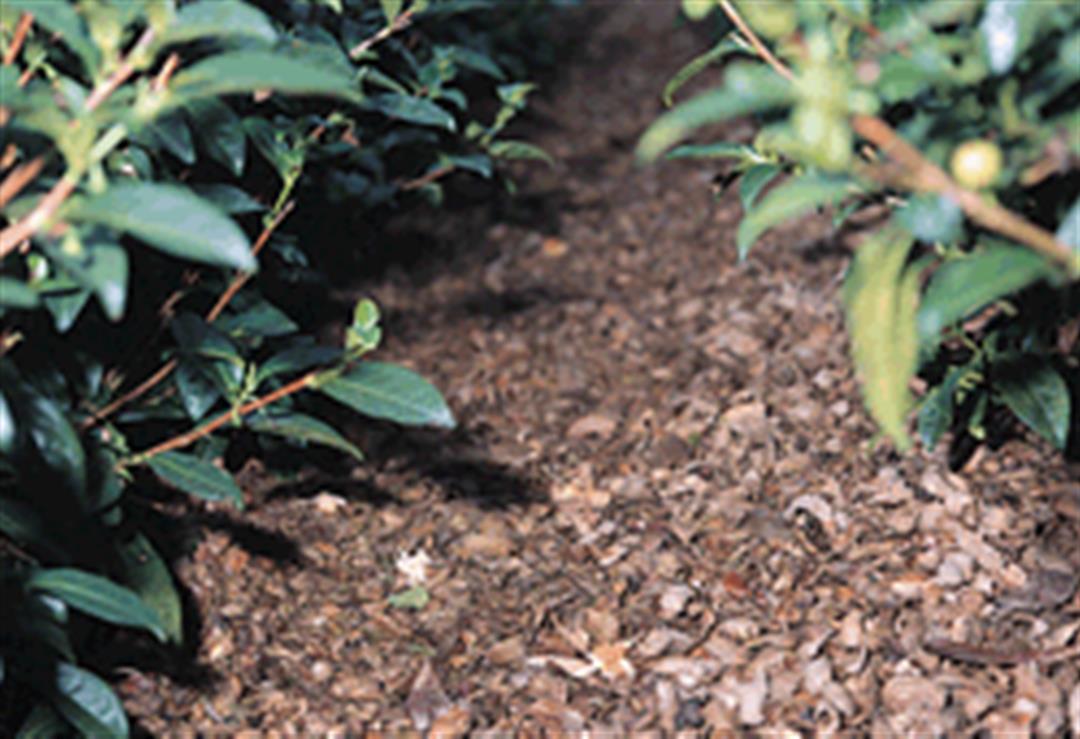
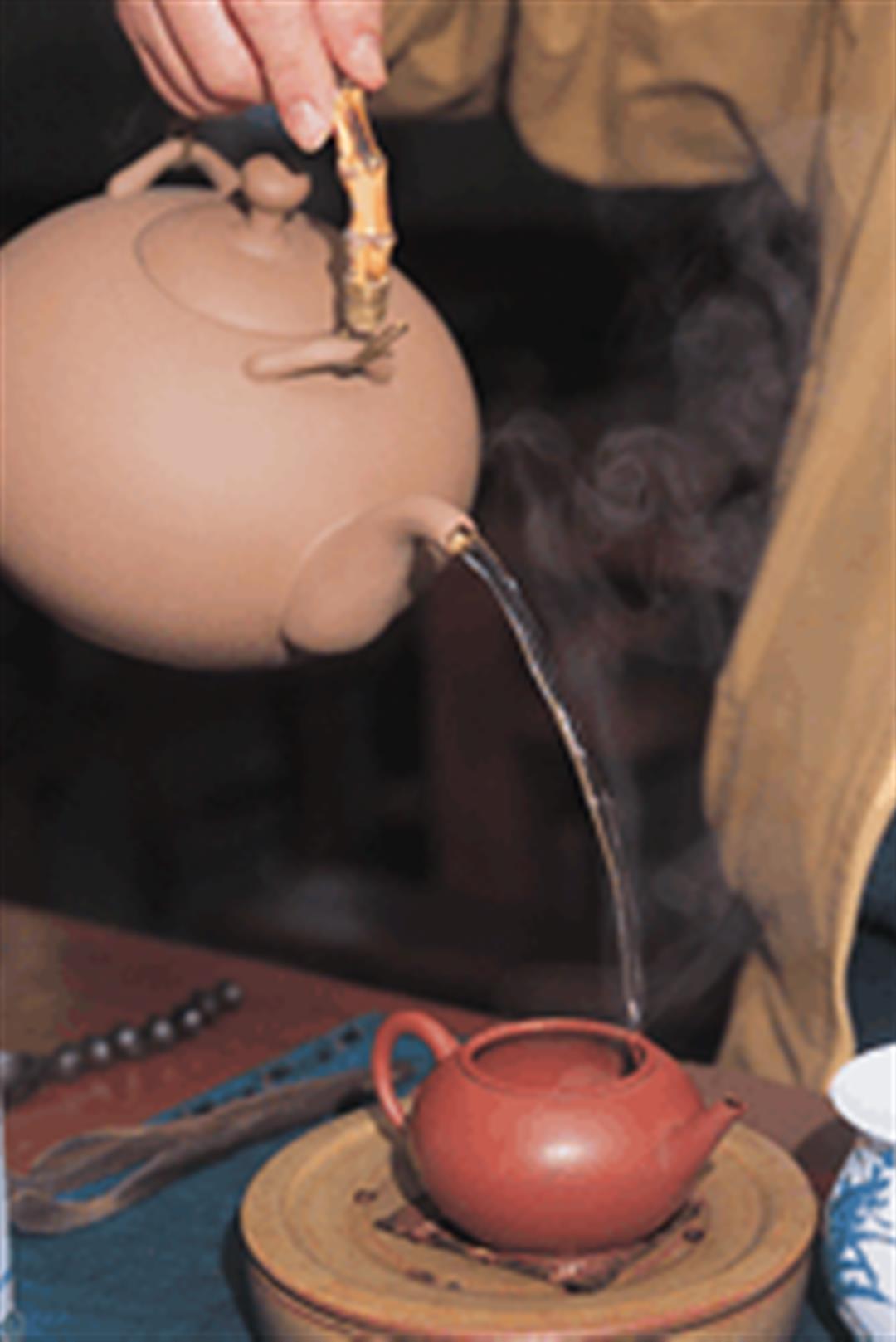




@List.jpg?w=522&h=410&mode=crop&format=webp&quality=80)


